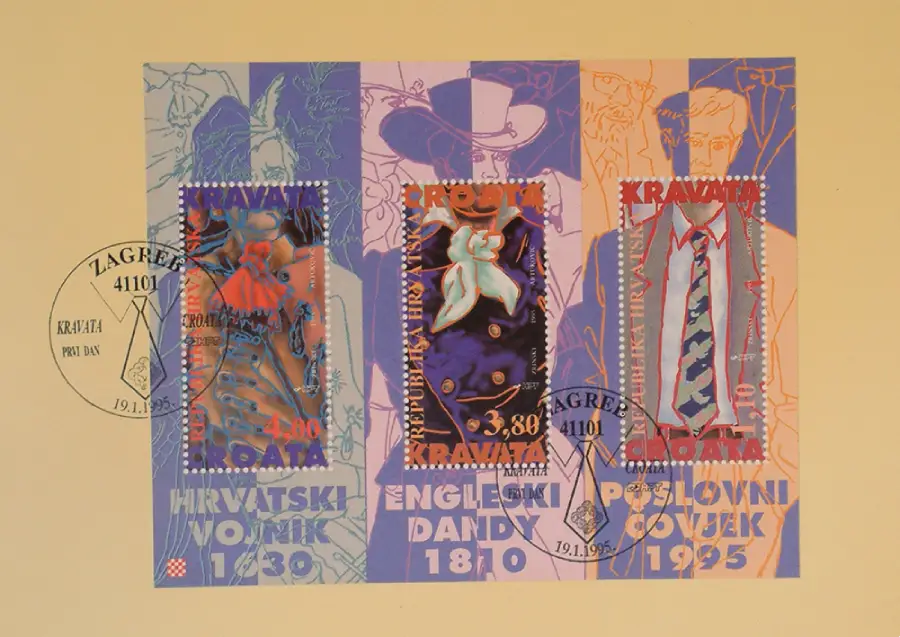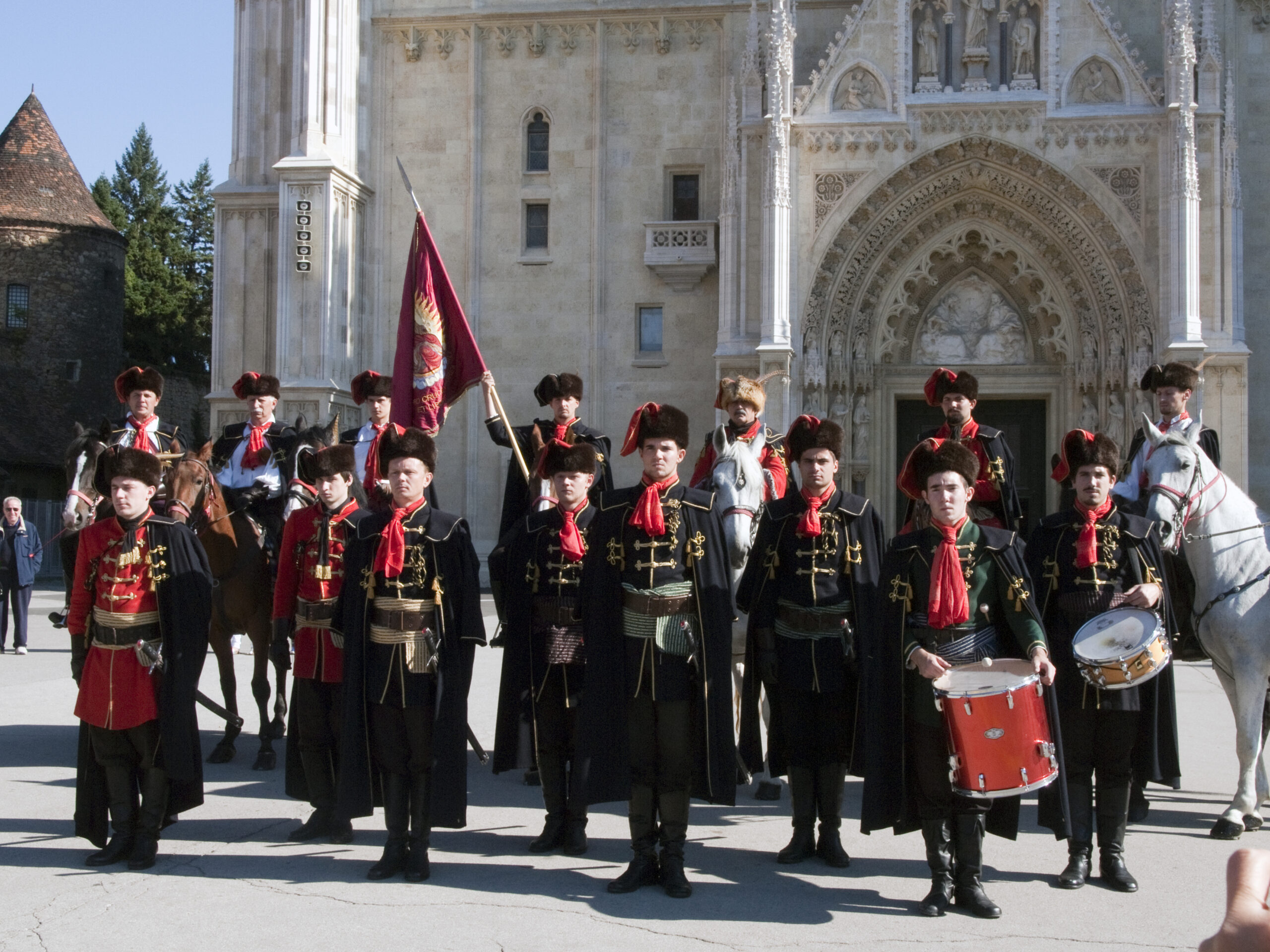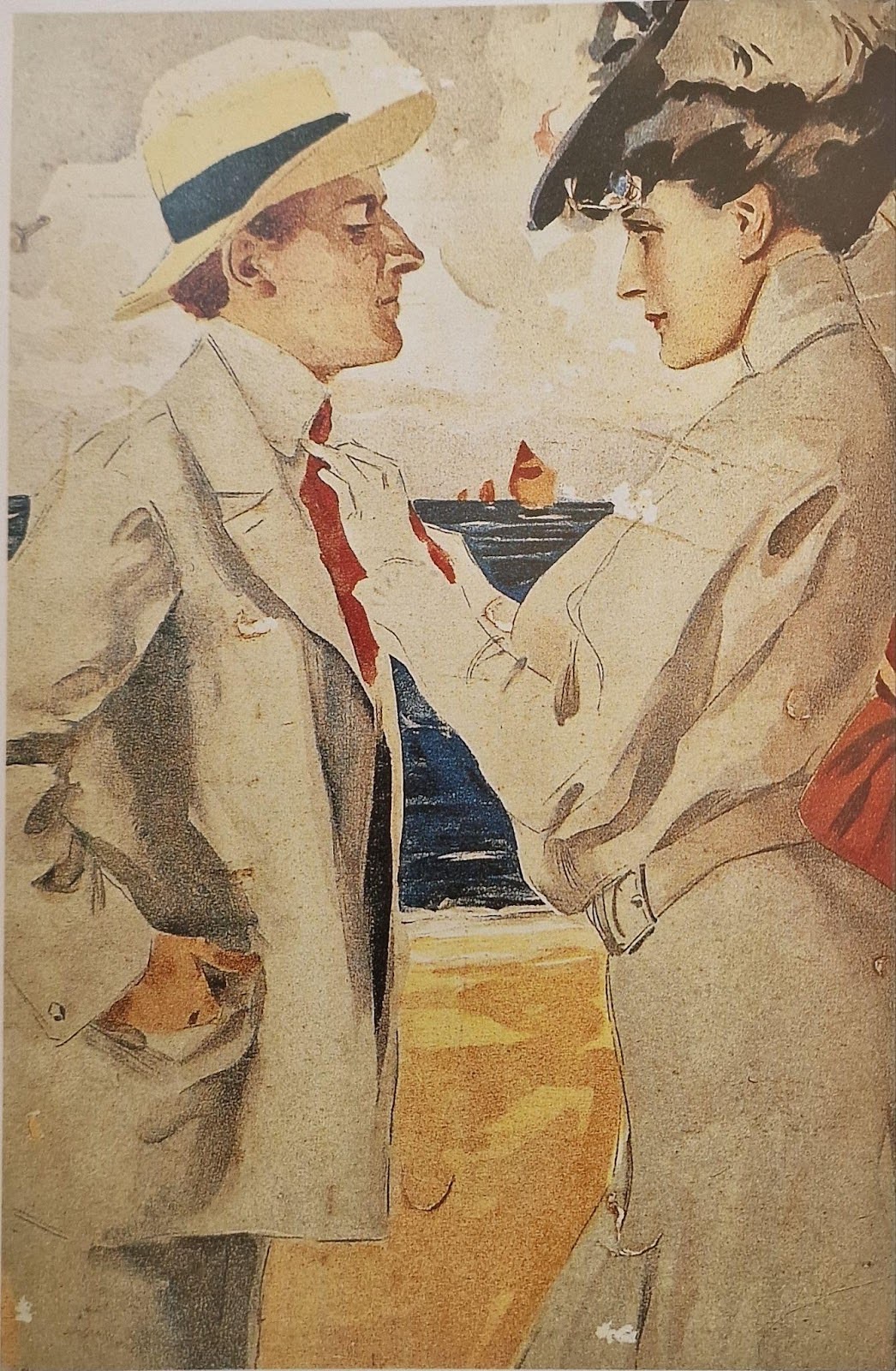Everyone knows that love is a universal feeling; an emotion that transcends borders between nations, cultures and civilizations. Love, however, is not only that – it also requires dedication, responsibility, and obligation.
With that in mind, we can ask ourselves the following: what does love have to do with the tie, and its knot with ancient Rome, Carthage, the Celts, Hindus and Persians, as well as ancient Christians, but also modern English speakers from Europe, through North America, all the way to Australia and Oceania – and finally – with Croatians, as the people from whom the modern tie originated?
Let’s start from the beginning; love relationships have been described since time immemorial by the formula one plus one equals – paradoxically – one! Even Plato recalls the ancient myth according to which the gods separated women and men, who once existed as a single being, from each other, leaving them to spend the rest of their lives searching for their lost half. The Bible, however, claims that a man and a woman become “one flesh” by entering into marriage.
Thus, through the act of marriage, which itself associates with an affective and spiritual loving intertwining, two people are permanently bound, even united. The bond of individuals united by love is expressed in all cultures by the metaphor of ties and binding; they underlie Renaissance lyrics about bonds loved equally as much as by the knots inherent in a tie, into which the metaphor of love has been woven from the very beginning.
Tying and untying knots as part of engagement ceremonies has been recorded in ancient rituals for thousands of years. In ancient Rome, the bride’s belt, tied with the Heracles knot (nodus herculeus), was not allowed to be untied by anyone except the groom. In Carthage, the thumbs of the bride and groom would be tied with a leather strap, and the Celts did something similar – binding their hands. Among the Hindus, the groom would tie a ribbon, which signifies the indestructibility of marriage, around the bride’s neck, while in Persia the hands of the newlyweds would be tied with a seven-fold rope. In the old Christian tradition, today preserved in Orthodoxy, the hands of married couples are tied with a piece of cloth.
The romantic origin of the tie, however, is also revealed by the background of its appearance on the historical scene – before it was noticed in the Thirty Years’ War (1618-1648), from where it reached the French royal court and then to all corners of the world, the tie in Croatia signified engagement, from which it unequivocally follows that from its inception it has been – in addition to a fashionable decoration – also a symbol of love.
The modern tie, namely, as a kind of reification of ancient symbols of love ties, stems from the wealth of Croatian folk customs, in which we find a whole series of men’s scarves as the forerunner of the tie. Knotted scarves from all parts of Croatia are called, among other things, podgutnica, podgutnjak, poša, facol, rube, hrvatka… Girls from Prigorje, Međimurje, Posavina, Baranja and Istria, all the way to the Adriatic islands and even further south, to Boka Kotorska, tied the original cravat around the necks of their chosen ones. On Krk, for example, it is said that “a girl ties a facol around a young man’s neck”.
Through the appearance of the cravat on the world fashion and cultural scene, the metaphorical meaning of the knot as a symbol of love acquires its final, crowning form; it is no longer limited to the Hercules knot, tying thumbs, a ribbon around a bride’s neck or a seven-fold rope. All these diverse origins of civilization are united in a universally accepted ornament – the cravat.
The metaphor of tying a knot can therefore, regardless of the history of its origin, most often be compared to a cravat in the context of modern civilization.
In Latin, the word obligare means both to bind and to oblige – so the tie, in addition to binding, also obliges from its inception; the nature of engagement and marriage is, on the one hand, love – or a bond – and, on the other, of course, an obligation. In the characteristic English phrase to tie the knot (“to tie the knot”), which in everyday speech denotes a wedding, the beginning of marriage – it is, in fact, a symbol of a rite of passage due to which, when the knot is “tied”, one life ends and another begins. In the knot lies the core of the connection between the newlyweds who tied it, representing not only jargon symbolism, but primarily responsibility and maturity, but also sophistication and charm, as well as tradition and togetherness.
The connection between love and the tie has thus lasted for centuries, since its inception, unbreakable like an artfully tied knot.













